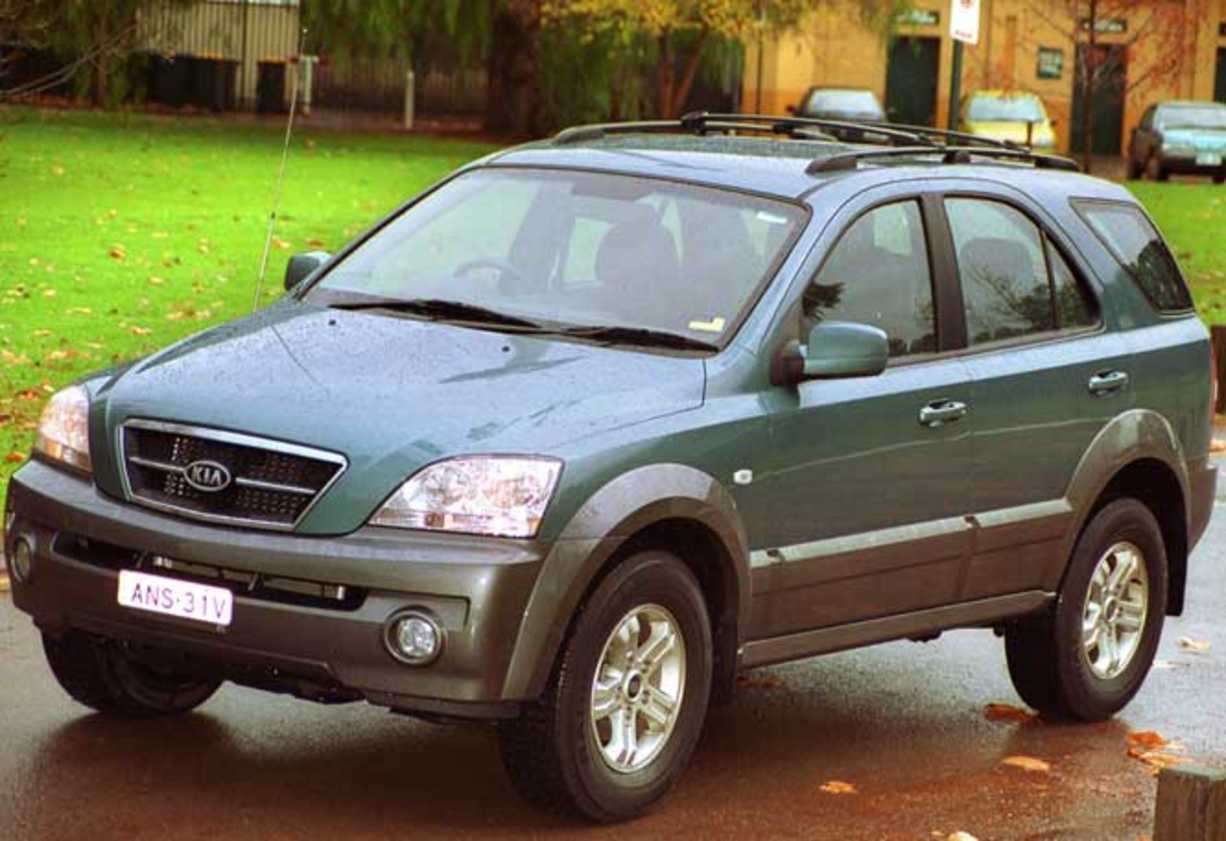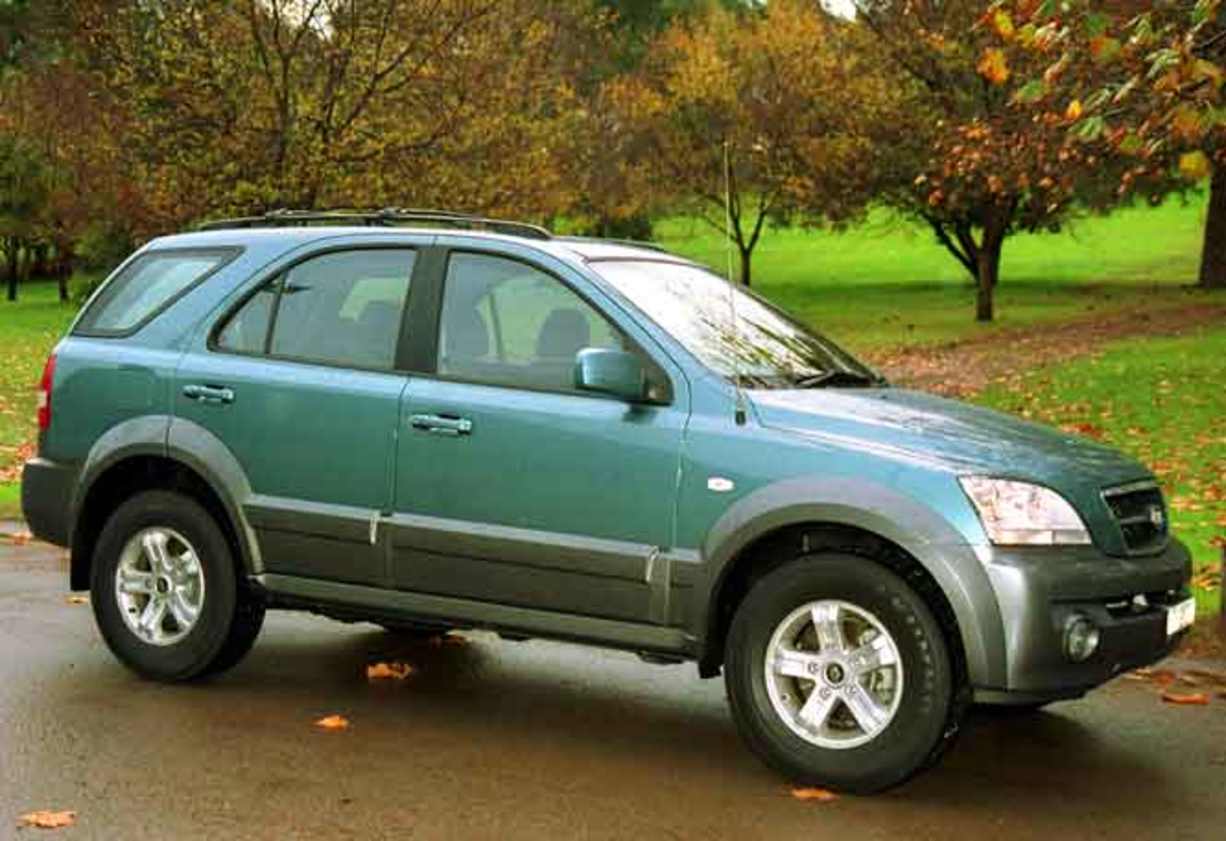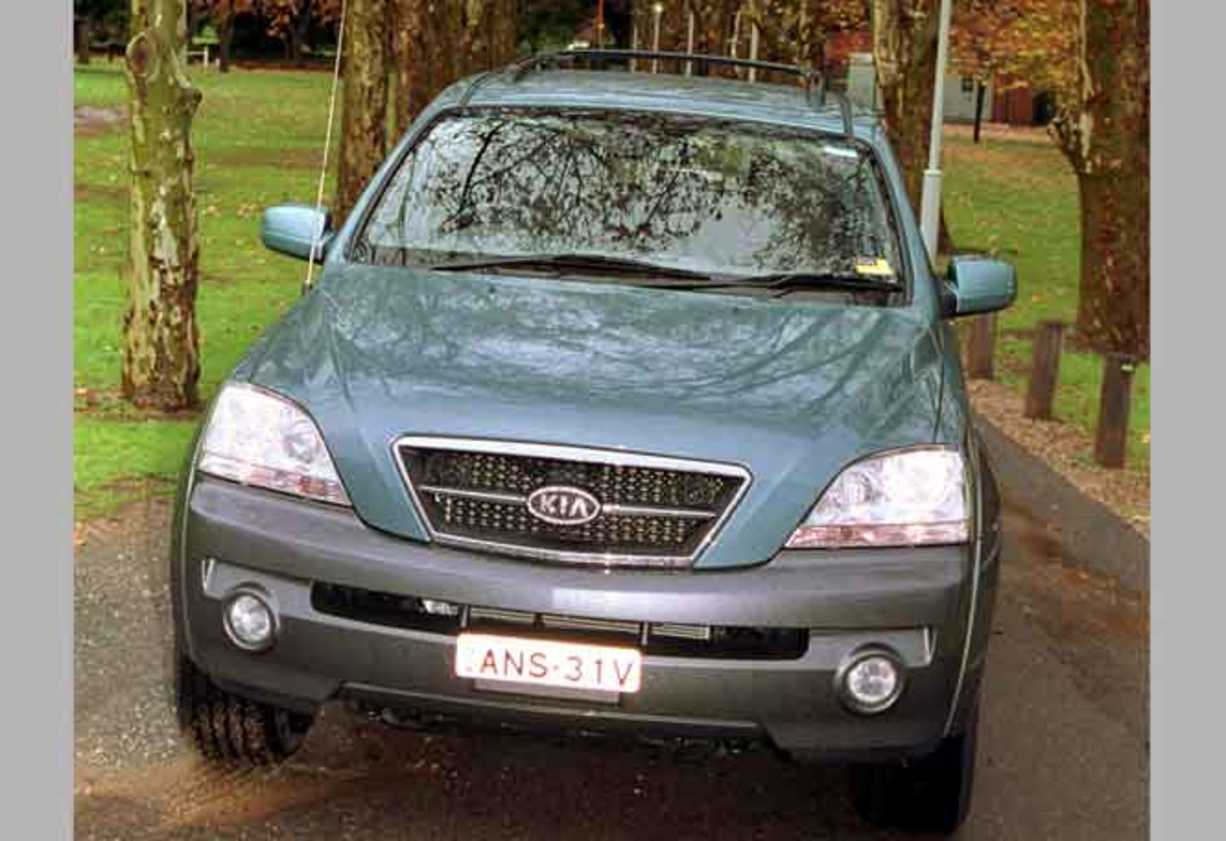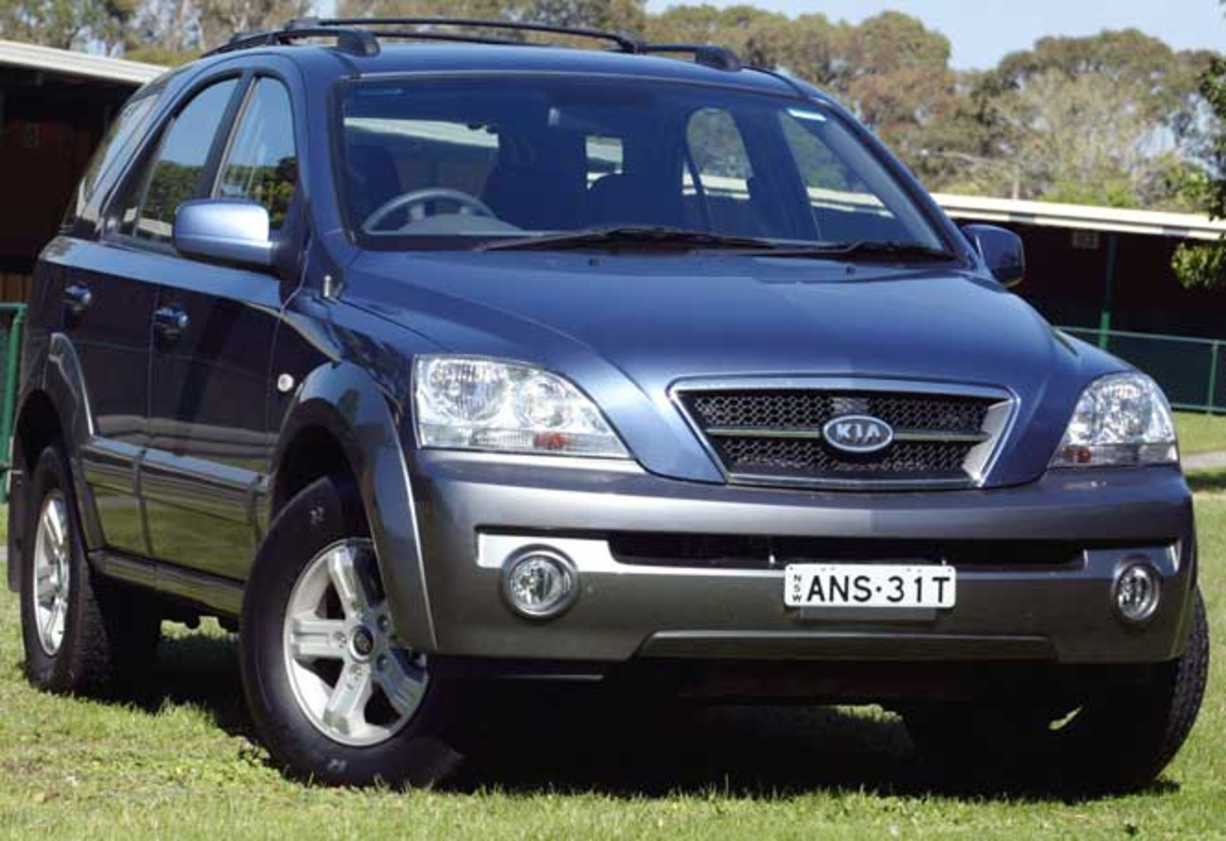They might all look the same, but not all four-wheel drives, or SUVs if you prefer, are the same. Today’s SUV looks essentially the same as the big tough four-wheel drives that rule the bush, but most of them have come a long way from those old beasts and they need to be treated quite differently.
The older four-wheel drives, the likes of the Toyota Landcruiser and Nissan Patrol are big and rugged, designed to work in the toughest of conditions. They weren’t built for town use, even though you still see plenty of them clogging up the roads in our cities.
SUVs, on the other hand, were spun off the big wagons, but conceived for use in town.
It’s good to be able to distinguish between the two when considering buying an SUV.
MODEL WATCH
Anyone buying a Kia Sorento thinking they were getting a town-friendly SUV might be sorely disappointed to find they’re stuck with a relatively hard-core bush basher lacking the road manners of a family car.
The Sorento was built on a separate chassis, like those old-time four-wheel drives; it uses a live rear axle, just like those oldies did.
It also had part-time four-wheel drive with low-range reduction, also in common with those rugged old beasts. The one concession Kia made to modernity was that it’s electronically switchable from the dash.
All that was fine if you really did want to head off the beaten track in a vehicle capable of copping a battering, but it was a poor choice if you really want a jacked-up wagon that looked like a four-wheel drive.
The Sorento was a big vehicle, being longer, wider and heftier than the typical all-wheel drive SUV. That meant it could be a monster to wrestle around city streets, one that would have you stopping at every second servo you came across to take on more fuel.
Inside, it had generous room for five adults and pretty good luggage space that wasn’t affected by the presence of the spare wheel. That was slung under the back.
The seats were supportive and comfortable, with plenty of adjustment, even if it was manual. Rear seat passengers had good legroom and the rear bench could be spilt and folded 60/40 for flexibility of use.
One downside was that the centre rear passenger had to make do with a lap belt only while the outer rear passengers had the extra safety of lap/sash belts.
There was no lack of equipment, with air, cruise, power windows and mirrors, CD player, numerous cup holders, luggage cover, roof rails, alloy wheels and ABS all standard. Options included leather, sunroof and metallic paint.
A 3.5-litre double overhead camshaft V6 that boasted 145 kW at 5500 revs and 295 Nm at 3000 revs provided the power, and was linked to a four-speed auto or a five-speed manual gearbox.
The V6 was generally smooth and quiet and endowed the heavy Sorento with reasonable performance given the mass it had to shift.
With low range and a live axle it handled the rough going quite well, but lacked the refinement needed for the smooth going.
IN THE SHOP
The Sorento is meant to go bush so check carefully for damage caused by offroad use; scratches and dents on the bodywork, scrapes and bumps on the underbody, damaged brackets, exhaust and suspension etc.
Look for broken seals on the driveline and steering that might have let dust/water get into sensitive areas and potentially caused damage to some pretty expensive gear.
The Sorento’s engine, gearboxes and driveline are sound and seem to give little trouble.
If anything the Sorento seems to suffer from the odd niggling fault with the electrics and other ancillary systems.
IN A CRASH
Mass on a separate chassis was a tough combo to beat for crash protection; the Sorento had standard ABS anti-skid stoppers and dual front airbags for decent protection when it comes to the crunch.
AT THE PUMP
The Sorento has just about everything going against it when it comes to fuel economy; it is heavy, with a heap of equipment underneath, and it is powered by a modest petrol V6.
The manual would slurp 13-14 L/100 km, while the auto was a little heavier on the gas at 14-15 L/100 km.
OWNERS SAY
Bill Dowling is on his second Sorento he loves them so much. He had his first three and a half years and did 100,000 km in it with no trouble apart from having to replace the radio three times. He traded it in 2007 on a new model despite there being nothing wrong with it. He says it was comfortable, easy to drive and running well at the time.
Mike Jensen-Schmidt reckons his 2004 Sorento holds its own with other four-wheel drives. He’s driven it on many outback trips, when it performed “faultlessly” in company with other well-regarded offroaders.
LOOK FOR
• real offroad capability
• large size
• roomy interior
• heavy on fuel
THE BOTTOM LINE
Competent offroad, but not so comfortable around town where size and weight can make it a monster.
Kia Carnival 2003: LE
| Engine Type | V6, 2.5L |
|---|---|
| Fuel Type | Unleaded Petrol |
| Fuel Efficiency | 11.9L/100km (combined) |
| Seating | 7 |
| Price From | $2,200 - $3,520 |
Range and Specs
| Vehicle | Specs | Price* |
|---|---|---|
| LS | 2.5L, Unleaded Petrol, 4 SPEED AUTOMATIC | $2,200 - $3,410 |
| LS | 2.5L, Unleaded Petrol, 5 SPEED MANUAL | $1,820 - $2,860 |









.jpg)

.jpg)




